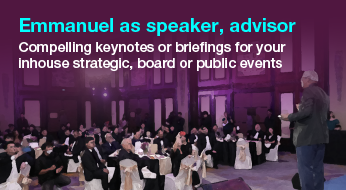In this discussion, I highlighted the transformation of traditional depositor-bank relationships. I believe that traditional banks are on the verge of tokenising their deposits, which is stablecoins by another name.
We need to reflect on how this shift is making finance more personalised, placing power in the hands of users rather than institutions. The banking industry must learn from decentralised models, like blockchain and crypto, which have managed to build systems without centralised back offices.
We also talked about how banking missed the API revolution. Open-source APIs allow banks to innovate and integrate technology at faster rates, but they missed the API revolution, which could have created an even more open ecosystem.
Another interesting point was how regulators are learning to let the network itself be the security layer. This allows more transparency and decentralisation, yet it is crucial to strike the right balance between innovation and regulation. We also touched upon issues like tokenisation, digital assets, and community currencies, where closed communities issue their own tokens to serve as localised forms of currency.
Lastly, we spoke about the importance of governments stepping in at times of financial crises, and revolutionising systems when necessary. This time, however, the shift towards digital currencies and tokenised assets is creating new paths that governments and regulators need to navigate. Ultimately, the most valuable asset we all have is not digital currency or gold—it’s time. And that’s what banks, and the financial system, need to focus on making the best use of everyone’s time in this transformative era.
Listen to the episode:
Apple Podcast:







